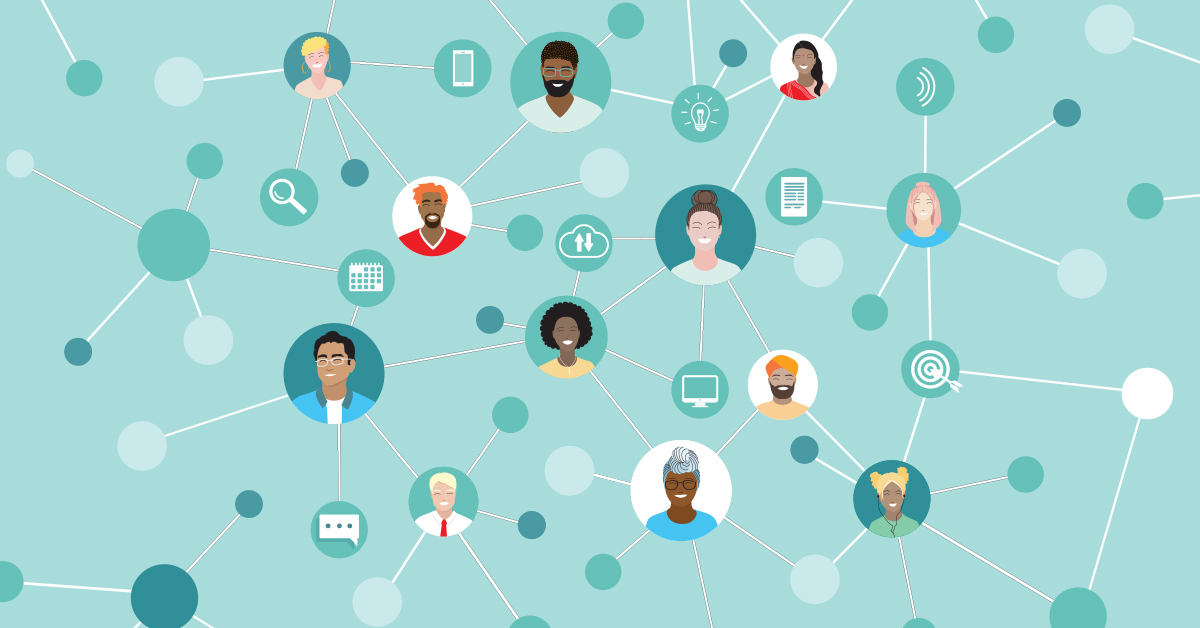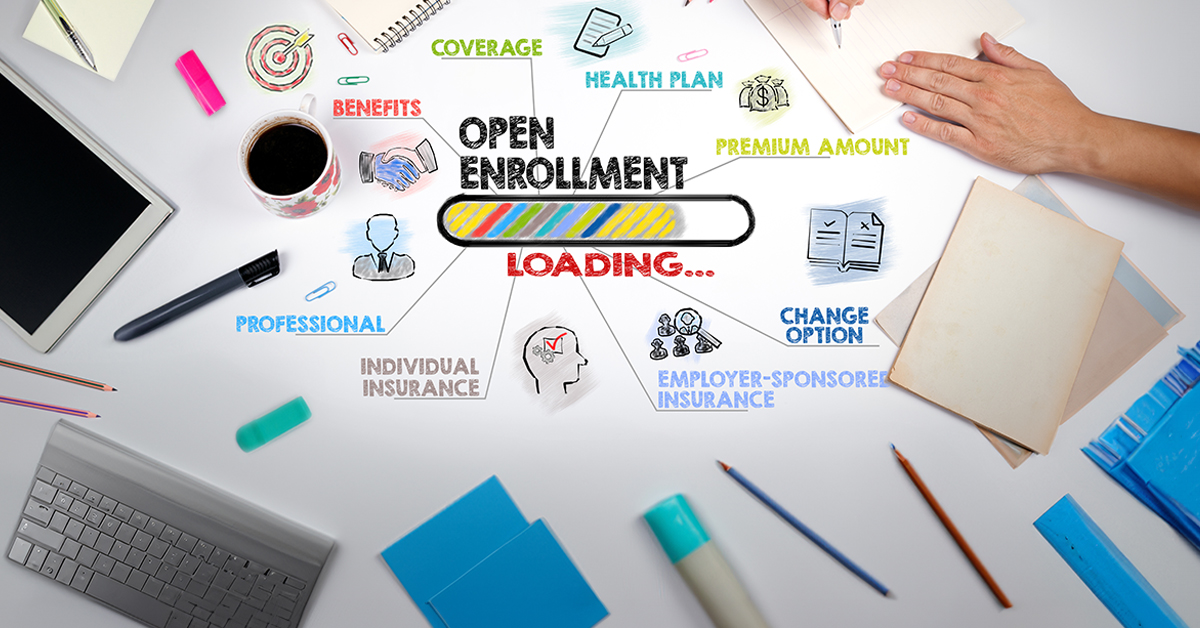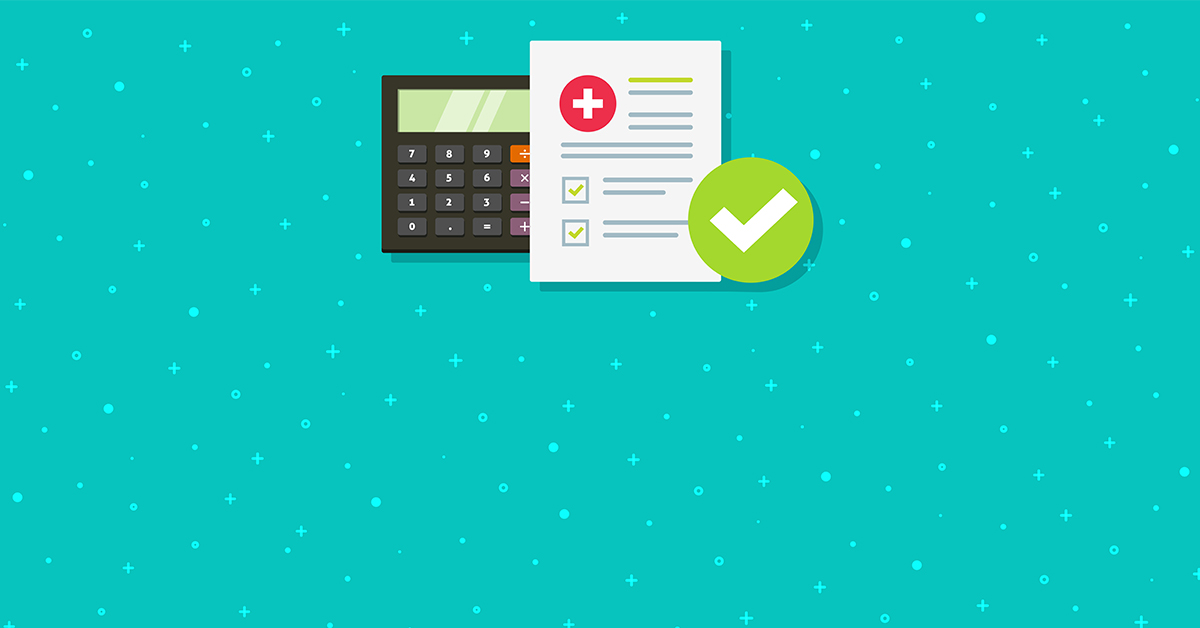If your company is looking to promote a culture of diversity and inclusion in the workplace, HR probably has a seat at the table. Even if you don’t have an entire department dedicated to DEI, chances are you have several benefits designed to meet the needs of a diverse population. And chances are even higher you’d like to provide more.
You offer a lot of benefits, but not every employee needs each benefit to the same extent. An employee’s most pressing needs are often based on age, race, lifestyle, gender, and other demographics. And, although these topics can be sensitive, targeting the right benefits to those who need them most isn’t profiling…it’s showing you care enough to pay attention.
When it comes to societal issues, employees expect companies to do the right thing. The 2022 Edelman Trust Barometer shows that societal leadership is now a core function of business. Trust in business outscores government by 53 points on competency, and 26 points on ethics. Read The Trust 10, the top 10 findings, for more.
Mental Health
No doubt…your employee benefits communications should tell everyone about the many benefits your EAP and medical plans provide for emotional and behavioral support. But research shows some groups are far more likely than others to need help. With a little research, you can fine tune more frequent communications.
Studies by the National Institute of Mental Health and Mental Health America found that certain groups are most likely to experience serious mental illness: Women, people ages 18-25, and the LGBTQ community (by far at highest risk). And, men are 3.6 times more likely to die from suicide than women, especially men ages 45-64. Consider more frequent communications to these employees.
You’ll find many online programs and apps designed to boost mental health. Our clients use TalkSpace, Headspace, Calm, Sanvello, SilverCloud, and others.
Medical Care
Prevention is a big piece of the health care you offer through medical plans. Why not share specific statistics, education, and benefits information with populations at greater risk for certain conditions?
For example, the Health and Human Services Office of Minority Health says African American adults are 40% more likely to have high blood pressure, but they are less likely than white adults to have it under control. In another study, that same office says Asian Americans are 40% more likely to be diagnosed with diabetes than white people. Are you specifically helping these high-risk groups in your company?
Did you know many Black and Asian American adults don’t trust the health care system? If your plan has a diverse network of providers, remind employees of the different search tools they can use to find a provider they can trust.
Financial Management
This Global Benefits Attitude Survey shows financial wellbeing as the most popular workplace perk among all generations in all countries. It also shows that 36% are living paycheck to paycheck. This is the year to ramp up communications about how you can help employees feel better about their financial situation.
Sure, all employees should know the financial management benefits you offer. But you can also focus on different generations with specific concerns. The 2023 Workplace Benefits Report says only 38% of women feel financially well (down from 55% in 2022), and they’re far more worried about money than men.
Play up benefits like debt counseling, budgeting, online calculators, tuition reimbursement, student loan assistance, etc. If you’re not already, consider 401(k) features like auto enrollment and auto escalation to encourage younger people to start saving early.
Support for All Families
Today’s families come in all kinds of permutations and arrangements. Show your support for everyone in the family — parents, caregivers, partners, spouses, and children. Companies that offer support for children and older family members saw almost a 20% increase in satisfaction, retention, and engagement.
Starting a family can be joyous, but stressful. Let younger people know about benefits like paid parental leave, adoption, surrogacy, fertility treatments, and dependent care flexible spending accounts.
If you offer domestic partner coverage, highlight it in your recruiting and benefits communications. A lot of companies only mention it in their annual benefits guide.
Social Benefits
If you can offer a flexible work schedule in any way, this is a benefit to communicate loud and proud across the company. A study found employee engagement increased even if people could rarely have flexible hours, and it nearly doubled if they had it frequently.
For the younger crowd, benefits like student loan repayment and tuition assistance are popular. For the older folks, phased retirement is a growing trend. Consider allowing them to downshift to part time, a less managerial role, or a consultant.
Floating holidays show company support for all religions and traditions. Let employees choose a day or two for religious or traditional practices that don’t match the standard holiday schedule.
Remember, Employees Aren’t Immersed in HR All Day
Most days when employees head to work, they don’t give a single thought to the programs or plans you provide. They’re not steeped in it like you are, and many only think about benefits during Open Enrollment. So, when you’re frequently telling people about benefits for their specific situation in life, you’re making sure they’re included in the conversation.
Keep up with us on LinkedIn for more tips on HR communications.



